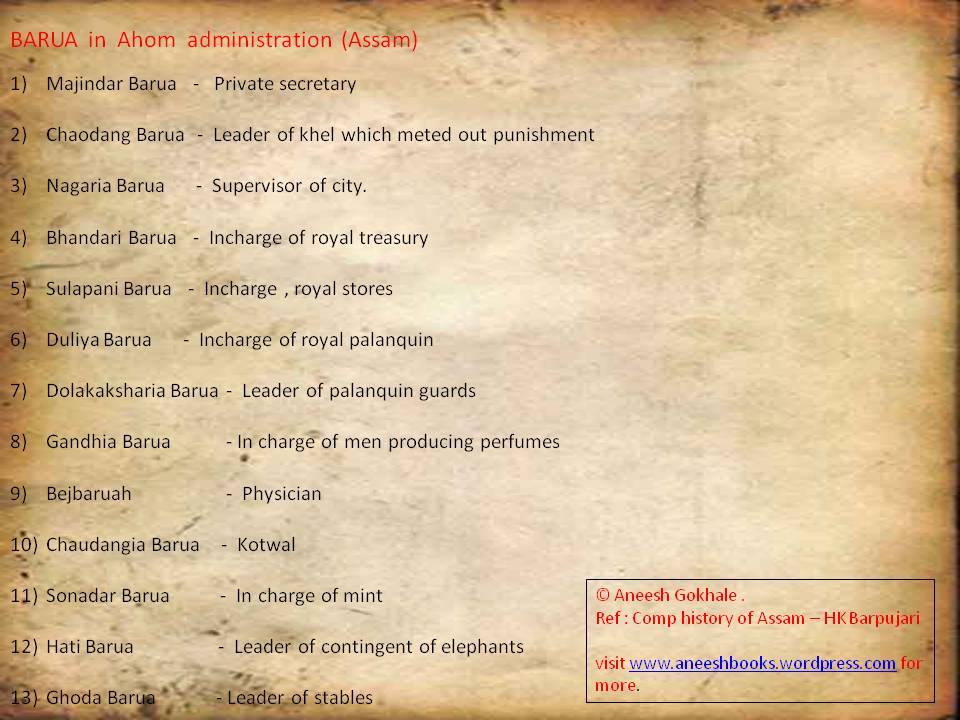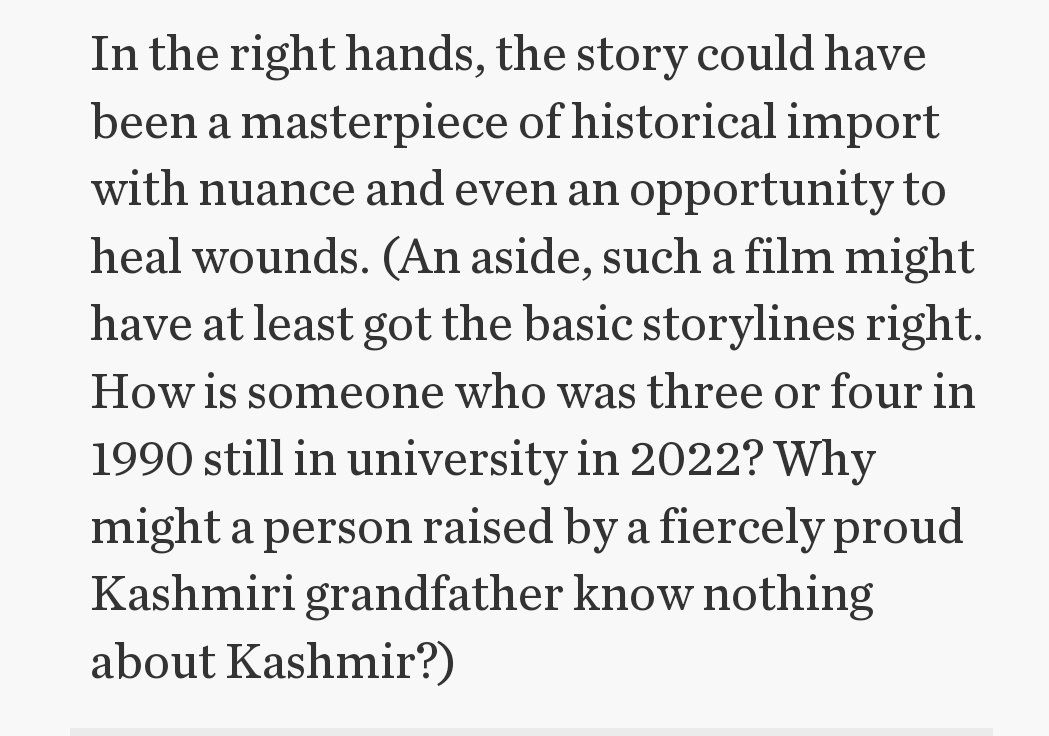Tai Ahom military ranks.
A sophisticated heirarchy was present, like a modern day army.
The kingdom could enforce conscription if required during war time.
A sophisticated heirarchy was present, like a modern day army.
The kingdom could enforce conscription if required during war time.

Heng Dang (Ahom sword) .
This type sword was used by members of the ruling Ahom dynasty and the high ranking courtiers and commanders. Nowadays it has a ceremonial use in Assamese weddings . The scabbard .. with bands of gold or silver denoted rank.
This type sword was used by members of the ruling Ahom dynasty and the high ranking courtiers and commanders. Nowadays it has a ceremonial use in Assamese weddings . The scabbard .. with bands of gold or silver denoted rank.

The Ahom calender was based on the Lakli San or Jovian Calender.
Brihaspati Samvatsar Chakra in Hindu culture, based on 60 year cycle of Jupiter
Brihaspati Samvatsar Chakra in Hindu culture, based on 60 year cycle of Jupiter

• • •
Missing some Tweet in this thread? You can try to
force a refresh


















